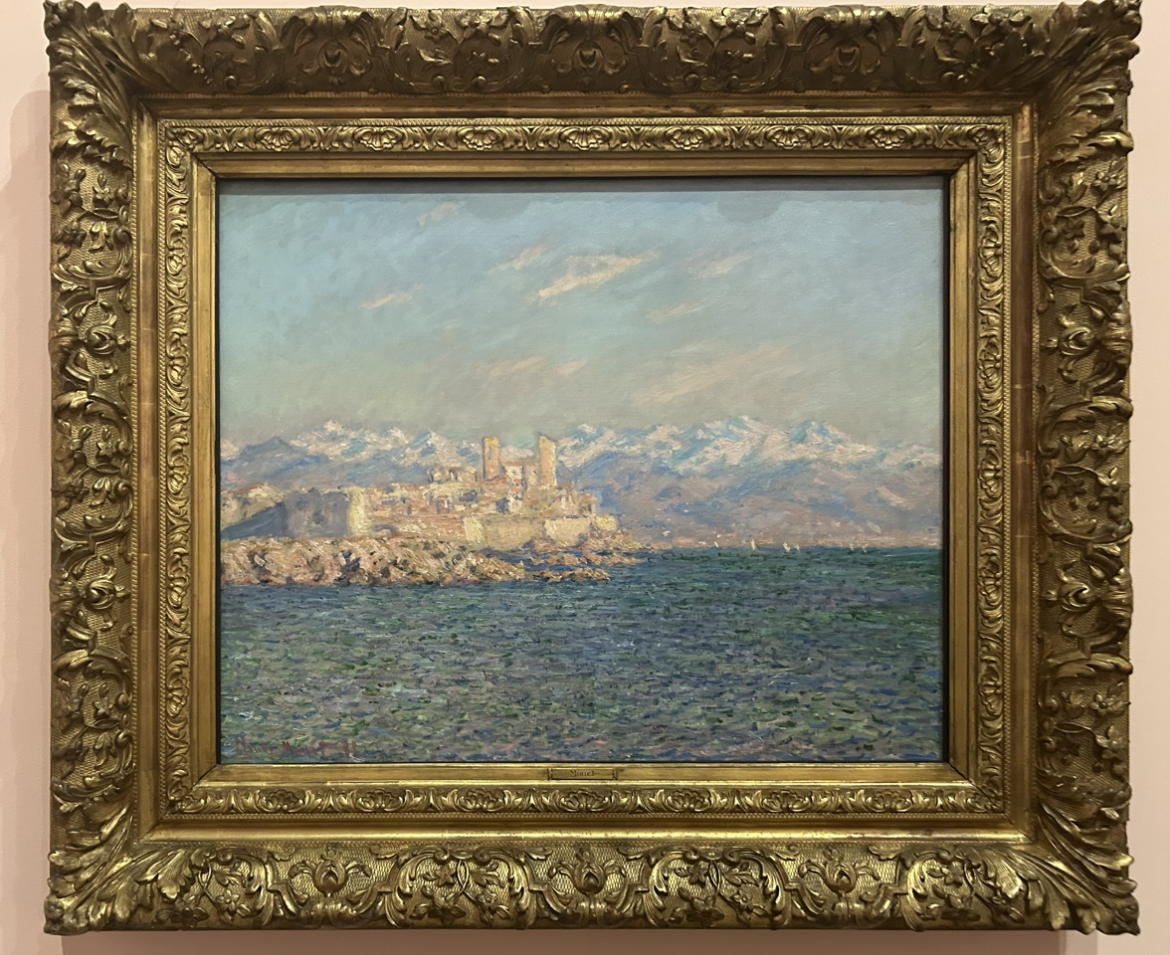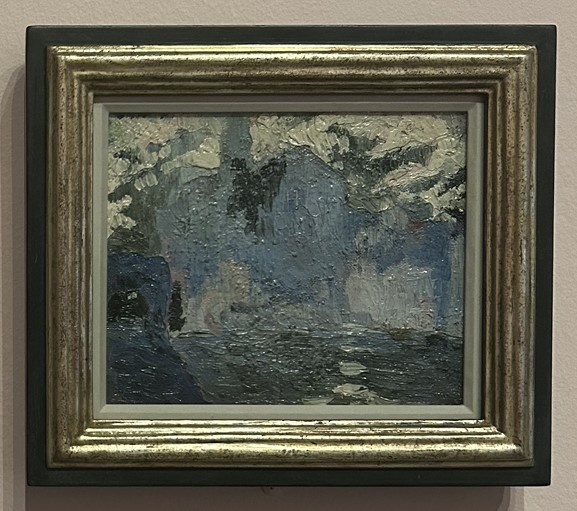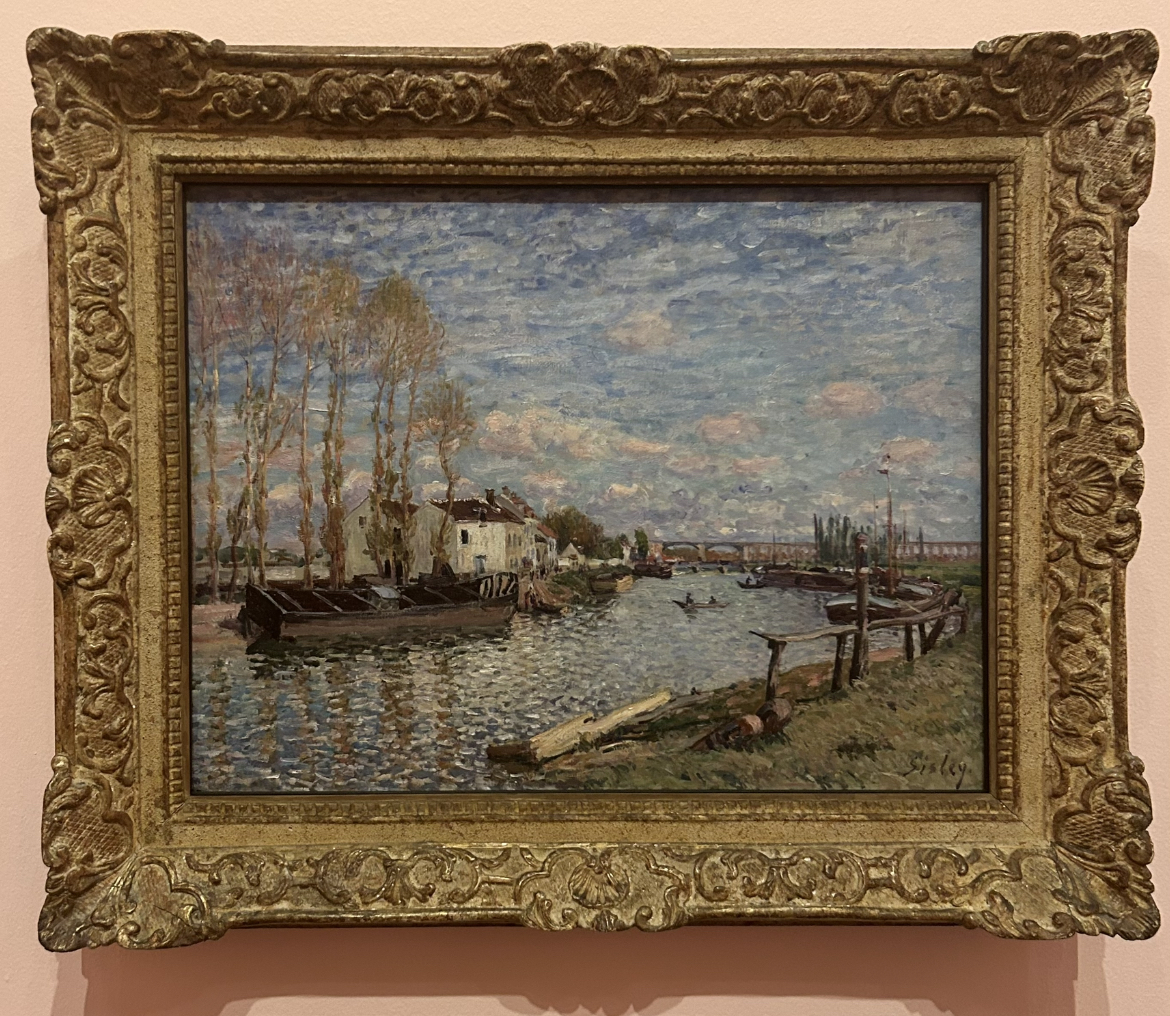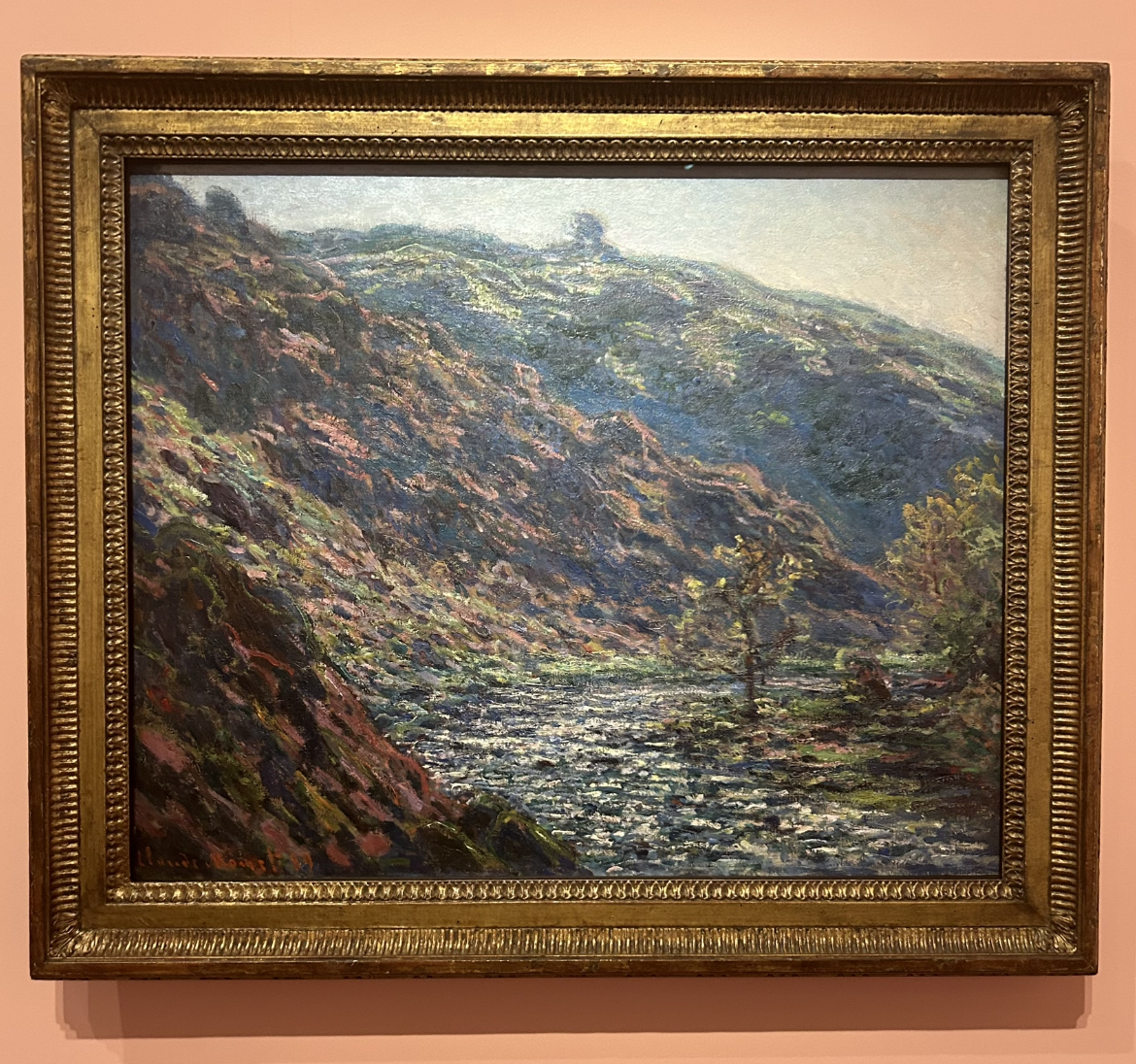Josie Osborne, Contributing Writer
From as early as 20,000 BC, humans have been making art. Embedded in oils and acrylic, culture travels through time with different art periods, or what are also known as art movements. From the Renaissance to Contemporary, art is our history. If you look closely, you can learn more about their world and how the artists viewed it.

Impressionism is just one of these periods of expression, born in France during the nineteenth century. Known for its visible brush strokes and typically light aesthetic, many Impressionist paintings capture nature scenes painted “en plein air” (French for “outside”) as the artists say.
Until April 28, the Dali Museum in Saint Petersburg is showcasing an Impressionism exhibit free with general admission. Here, you can view the artworks of the movement, now rightfully and proudly displayed on the pleasantly pink walls. By reading the little blurbs accompanying each painting, guests can learn more about art history and culture.
The exhibit emphasizes enlightening guests about the unexpected connection between Salvador Dali, the museum’s primary focus, and Impressionism. More famously known for his Surrealism, Dali was greatly inspired by the works of the French Impressionists.

The plaque next to Antibes describes Monet’s obsession with depicting color and light, to the point where he would revisit scenes to capture them in different weather or times of day. About this work, Monet wrote, “…Antibes, a little fortified town all golden in the sun….” (Photo was taken by Josie Osborne)

This piece by Dali himself is much smaller in comparison to some of the other pieces, however, he still can capture the essence of Impressionism—the painterly style, the soft hues—while reflecting his personal leaning towards abstract and surrealistic art. (Photo was taken by Josie Osborne)

In this painting, Sisley captures a peaceful river scene, paying great attention to the water and sky which are composed of hundreds of little brush strokes. From previous studies of art history, the names of Monet, Renoir, and Manet were familiar to me. Sisley, however, was an artist otherwise unknown. Thanks to this exhibit, I was able to discover him and his perception of the world around him. (Photo was taken by Josie Osborne)

While they are not from the same year, this painting was displayed beneath the above quote, connecting his words to a physical, artistic representation of them. This is just one of his paintings that captures the beauty of French landscapes. (Photo was taken by Josie Osborne)
“With Impressionism,” said Dali, “everything tends towards the transient, the circumstantial, the apparent, painting what seems to be, exalting that which is paradoxical to appearance, making love with the eyes….”
The term “impressionism” is typically regarded to have come from Claude Monet, one of the principal artists of the movement, or more specifically, his painting Impression, Sunrise. Despite this style now being perceived as beautiful and masterful, the artists of this movement were criticized for their work. The artworks were not seen as something completed, but instead, mere impressions of a scene, rushed and sketch-like.
However, this criticism of Impressionism is rather romantic, in a way. The artists hurried to capture the fleeting moment—the way the sunshine illuminated the waves in a certain manner or how the flowers appeared under a sky of clouds.
“Artists like Monet…” says the National Gallery of Art, “…wanted to paint not simply what they saw but the way they saw it.” To see more, visit the Dali Museum’s Impressionism Exhibit to bring a new perspective to your spring and learn a little more about art history and the culture that came before us.





